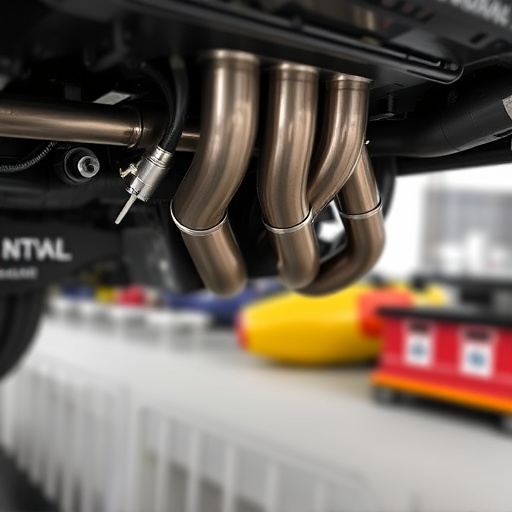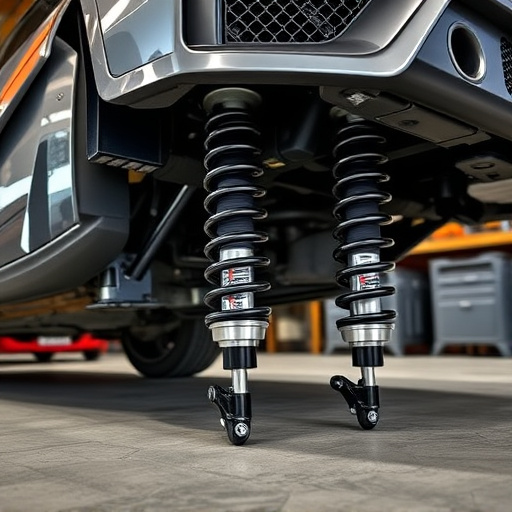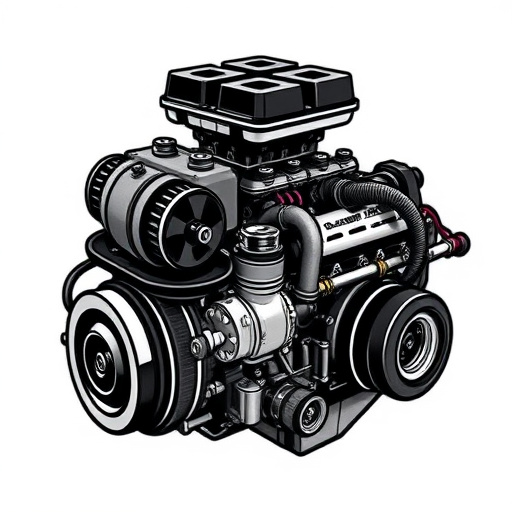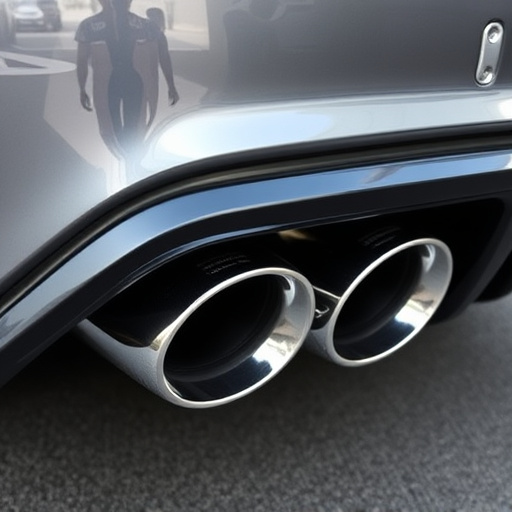The vehicle suspension system, comprising springs, shock absorbers, struts, and various joints, is crucial for safety and handling. Common issues include broken springs, uneven tire wear, and faulty shocks, leading to reduced ride quality and potential brake problems. Regular maintenance, including visual inspections and checking air filters, ensures optimal performance, prevents further damage, and maintains driving safety.
Troubleshooting your vehicle’s suspension system issues is a crucial skill for every car owner. The suspension, after all, directly impacts handling, safety, and comfort. This comprehensive guide breaks down the complexities of your car’s undercarriage, from understanding its fundamental components to identifying common problems like uneven tire wear, squeaking sounds, or a bumpy ride. By the end, you’ll have the tools and confidence to navigate through various suspension troubles using a step-by-step troubleshooting method.
- Understanding Your Vehicle's Suspension System
- Common Suspension Issues and Their Causes
- Step-by-Step Troubleshooting Guide for Suspension Problems
Understanding Your Vehicle's Suspension System
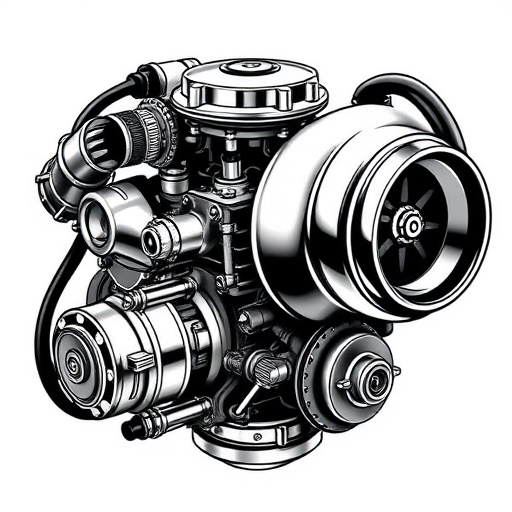
The vehicle suspension system is a complex network designed to ensure optimal handling and safety. It includes several components that work together to absorb shocks, maintain vehicle stability, and provide a smooth ride. Understanding this system is crucial when troubleshooting issues as minor problems can escalate into more severe safety hazards if left unattended.
Key elements of your vehicle’s suspension system include springs, shock absorbers (or dampers), struts, control arms, ball joints, and stabilizers bars. These components collaborate to keep your vehicle stable at high speeds, navigate uneven roads smoothly, and ensure precise steering control. Regular maintenance and checks, such as inspecting for worn or damaged parts, are essential to prevent issues that might lead to problems with exhaust mufflers, air filter kits, or cat-back exhaust systems—all of which can be affected by a compromised suspension.
Common Suspension Issues and Their Causes
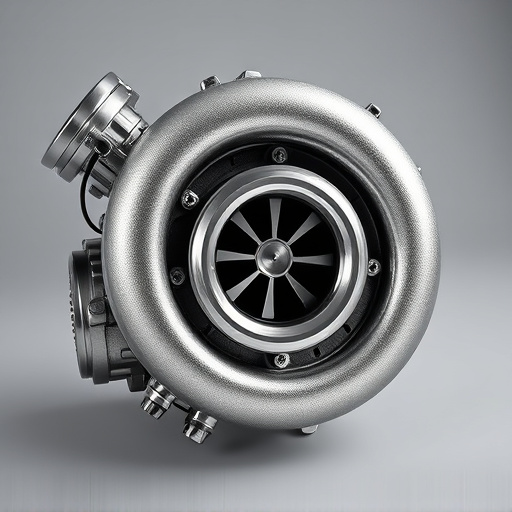
Vehicle suspension systems are a crucial component of overall vehicle performance and safety. Common issues that arise often stem from wear and tear over time due to constant use and exposure to varying road conditions. One prevalent problem is a loose or broken suspension spring, which can cause a vehicle to ride uneasily and lead to handling problems. Uneven tire wear is another telltale sign; this can be caused by misaligned wheels or damaged suspension components like control arms or ball joints.
Another frequent concern related to the vehicle suspension system is a faulty shock absorber or strut. These components are responsible for absorbing impact and maintaining vehicle stability. Over time, they can lose their effectiveness, resulting in reduced cornering ability and a bumpy ride. It’s important to promptly address these issues as they directly impact driving safety and can lead to more severe damage if left unattended, affecting not just the suspension system but also other critical brake components.
Step-by-Step Troubleshooting Guide for Suspension Problems
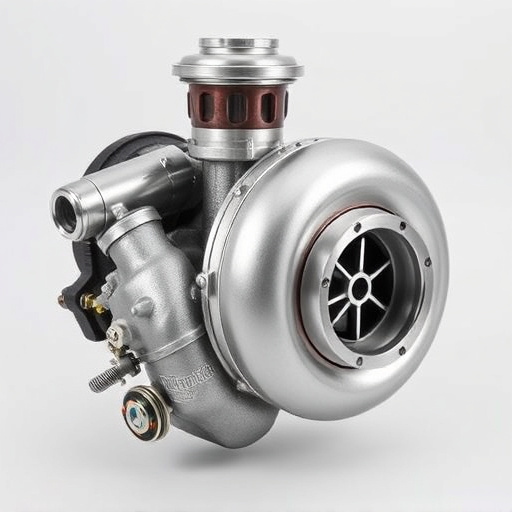
If your vehicle’s ride quality has taken a turn for the worse, it could be indicative of issues within the suspension system. Troubleshooting this complex network of components requires methodical steps to accurately diagnose and resolve problems. Begin by visually inspecting the external parts, checking for any obvious signs of damage or wear. Look at the wheels and tires for uneven tread wear, which could point towards misaligned wheels or a worn suspension component.
Next, consider the age and condition of key components like shocks, struts, and springs. These bearings absorb impact and maintain vehicle height; if they’re worn, your vehicle may exhibit excessive body roll or a rough ride. Check for leaks in the system, which could indicate damaged seals or cylinders. Don’t overlook the role of the air filter kit in ensuring smooth airflow to the suspension; a clogged filter can affect overall performance. Additionally, inspect brake components as issues with these parts can cause vibrations and pulling during braking, affecting suspension stability.
Troubleshooting vehicle suspension system issues doesn’t have to be a daunting task. By understanding your car’s suspension components and common problems, you can effectively identify and resolve issues ranging from rough riding to steering irregularities. Our comprehensive guide equips you with the knowledge to navigate through various suspension troubles, promoting safer and smoother drives. Remember, regular maintenance and prompt attention to any unusual noises or vibrations are key to keeping your vehicle’s suspension system in top condition.









